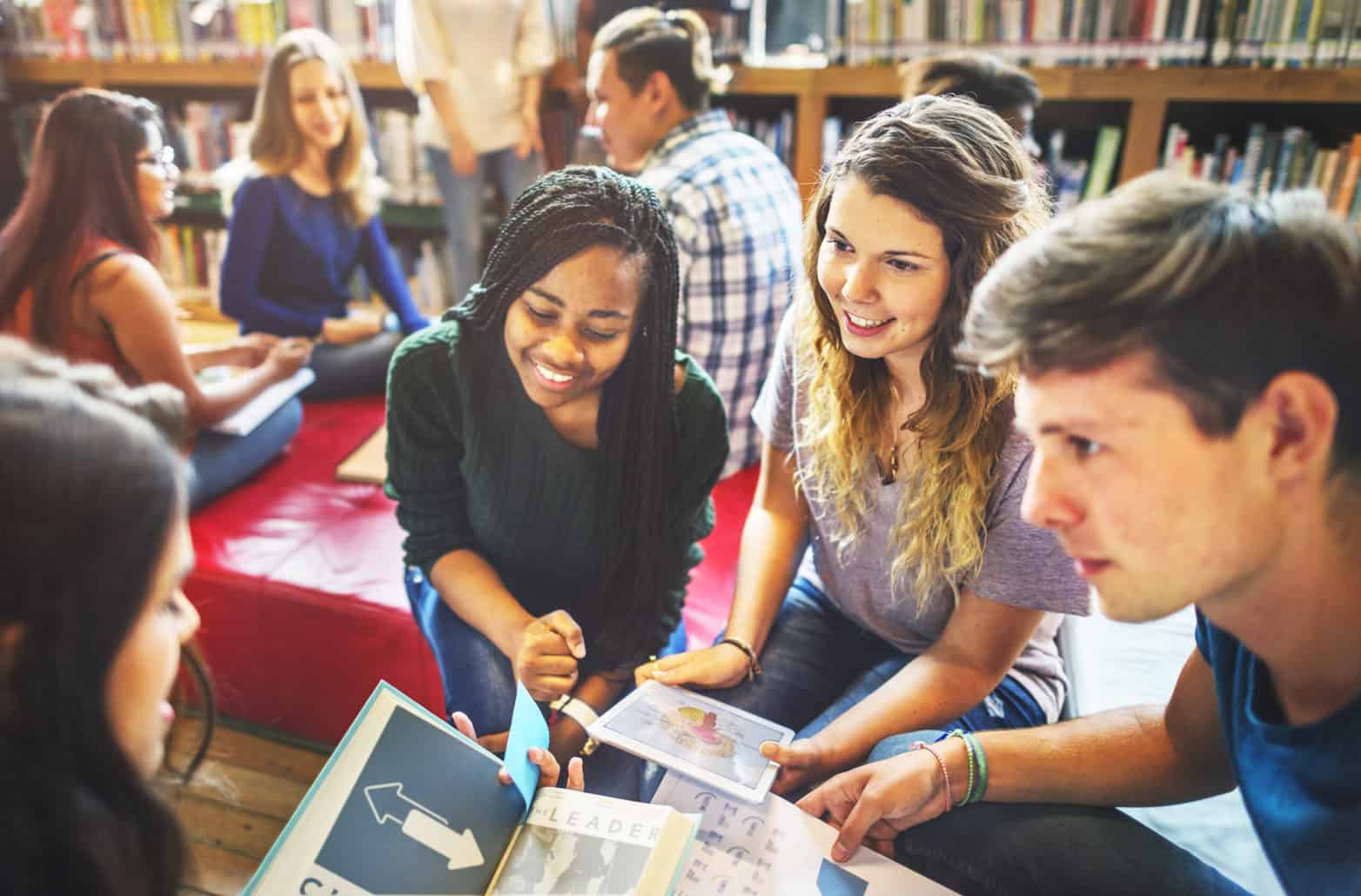As our team engaged deeply in the foundational work of Dr. Ladson Billings, as well as conversations with educators regarding how they were enacting the tenets of culturally relevant pedagogy (cultural competence, critical consciousness, and academic success), we found ourselves immersed in the idea of “ways of being.” The educators with whom we spoke made it clear that their pedagogy wasn’t a series of actions they took, or a checklist they ran through in their heads at the end of every day. Instead, it was a way of thinking about teaching and the world, encompassing their entire approach to educating students and also their identities outside of the classroom. They held children to high academic expectations while also honoring them as humans and making space for them to critically analyze the world around them. They made space for action, for children to use their voices to contribute to the big important conversations in their school and local communities. And they thought critically about knowledge in and out of the classroom, learning and exploring their own identities as people.
The idea of “ways of being” was so powerful for our team. It took us further away from our starting point of instructional materials, and closer to the habits, beliefs, and practices of educators. Indeed, we still found ourselves believing that the content in front of kids mattered tremendously, but our learning about cultural relevance told us that making a tool to evaluate materials for how well they would support those tenets would not address the issue of how teachers enact instruction for the kiddos in their classrooms.
So, we focused on reflection: What do teachers think about when they prepare to teach? So much of Student Achievement Partners’ previous work around reflection had focused on academic content: “Do you know the math kids need to access this task?” and “Do kids have enough knowledge to successfully navigate this complex text?” That sort of reflection was and remains important, but it cannot be the only thing teachers think about when they want to reach their students. We got curious about the power of reflection and the impact of challenging personal biases and beliefs that might hinder one’s ability to meaningfully engage in culturally relevant instructional practices, as well as the resources that could support this internal inquiry.
To that end, we pulled together a series of questions into a new tool, again leaning in on the expertise of Dr. Ladson-Billings to give us the categories, and pulling from our conversations with educators to help us figure out the language of the questions. The tool we created is intentionally broad: it includes many questions that are intended to be asked over the course of a lesson, unit, or even a school year. We thought first about teachers who were using standards-aligned instructional materials but then realized that it may also have applications for educators working in systems where they create their own content. And while the focus was ELA and Mathematics, we saw opportunities for educators in other content areas as well:
We had the opportunity to share the tool with some members of Student Achievement Partners’ Advisory Board and a small group of educators3 who gave us tremendous feedback on word choice and clarity, as well as on the purpose of the tool. Tools only get better with use and feedback though, and we’d love to hear from you. If you try out the table as part of your reflection, or use it with your PLCs as a way to think about how you can be more culturally relevant with your planning and instruction, will you please let us know what you think by filling out this brief survey by Sunday, May 29? Those who complete the survey will be entered into a raffle for two $50 Amazon gift cards.
It is ultimately our hope to rely on the voices of educators who enact culturally relevant teaching day in and day out as we adapt and finalize this reflection tool. We believe this tool pulls our work closer to the heart of what Dr. Ladson-Billings meant when she wrote: “I argue that the first problem teachers confront is believing that successfully teaching poor students of color is primarily about ‘what to do.’ Instead, I suggest that the problem is rooted in how we think—about the social contexts, about the students, about the curriculum, and about instruction.”4 We would love to hear what you think and hope that, over time, we can continue to provide resources and highlight the work of educators in ways that support culturally relevant pedagogy everywhere.
Citations
- Ladson-Billings, G. (1995). But that’s just good teaching. Theory into Practice, 34(3), 159-165. Morrison, K. A., Robbins, H. H., & Rose, D. G. (2008). Operationalizing culturally relevant pedagogy: A synthesis of classroom-based research. Equity & Excellence in Education, 41(4), 433-452.
- Muhammad, G., Love, B. L., & Scholastic Inc. (2020). Cultivating genius: An equity framework for culturally and historically responsive literacy.
- Jamie Schnablegger, Jasmine Azimi, Chiaka Chuks, Shay Carter-Shifflet, Alex Manzotti
- Ladson-Billings, G. (2006). Yes, but how do we do it? In Landsman, J. & Lewis, C. (Eds.), White teachers/diverse classrooms: Creating inclusive schools, building on students’ diversity, and providing true educational equity (pp. 33–46). Stylus Publishers.





















I think this table is a very good tool. I am printing it out, and I will refer to it when I am starting a unit and/or planning individual lessons. It will be really useful in reminding me to think about the content not just from an academic standpoint, and to incorporate cultural and critical learning.